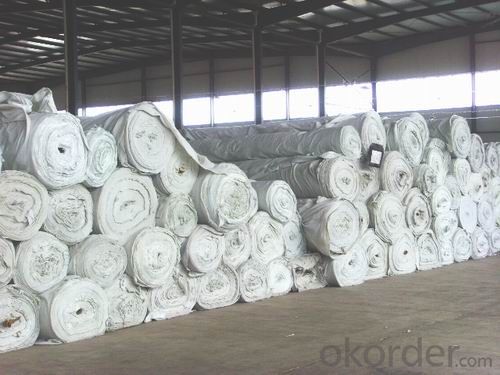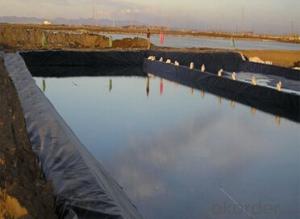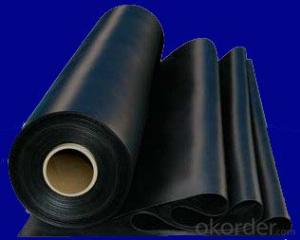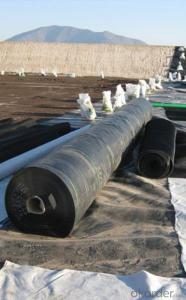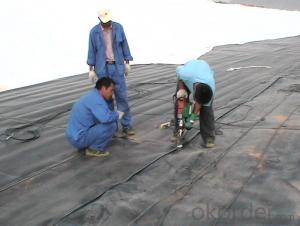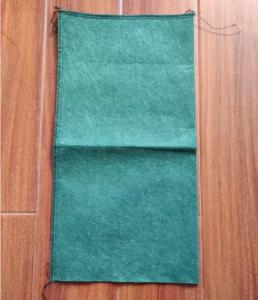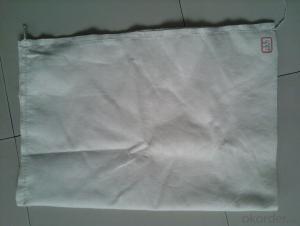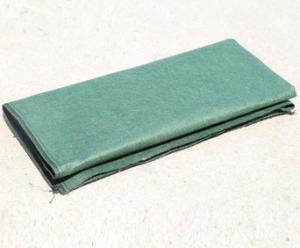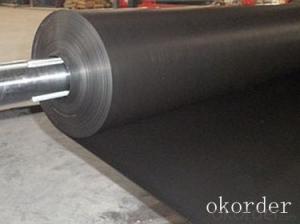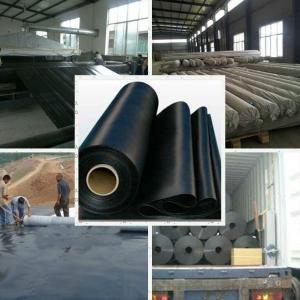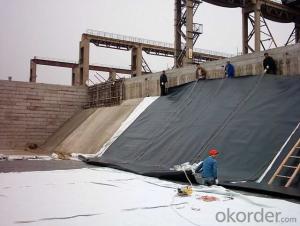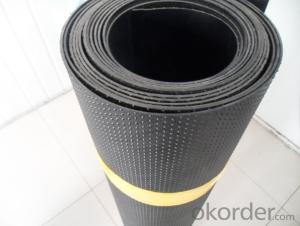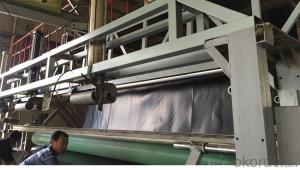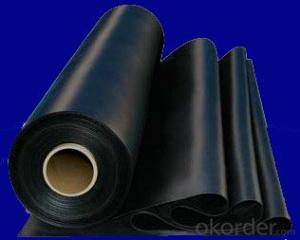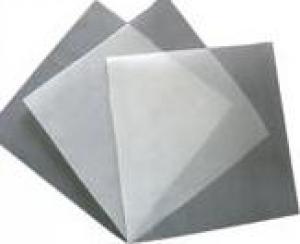Pegamento Para Geomembrana Geotextile Fabric Sand Bag for River Construction
- Loading Port:
- Qingdao
- Payment Terms:
- TT OR LC
- Min Order Qty:
- 10000 m²
- Supply Capability:
- 500000 m²/month
OKorder Service Pledge
OKorder Financial Service
You Might Also Like
Structure of Geotextile Sand Bag Description:
Most efficient and Eco-cost polyester nonwoven geo textile is made of opaque & origin plastic film, 100% recyclable.Durability, multi layers blends of polythene film provides optimum protection against moisture, puncture and tear.Outstanding tear strength.
Main Features of Geotextile Sand Bag:
polyester nonwoven geo textile
material: 100% new film
custom size and nice printing
eco-friendly/High quality/no smell
Geotextile Sand Bag Images
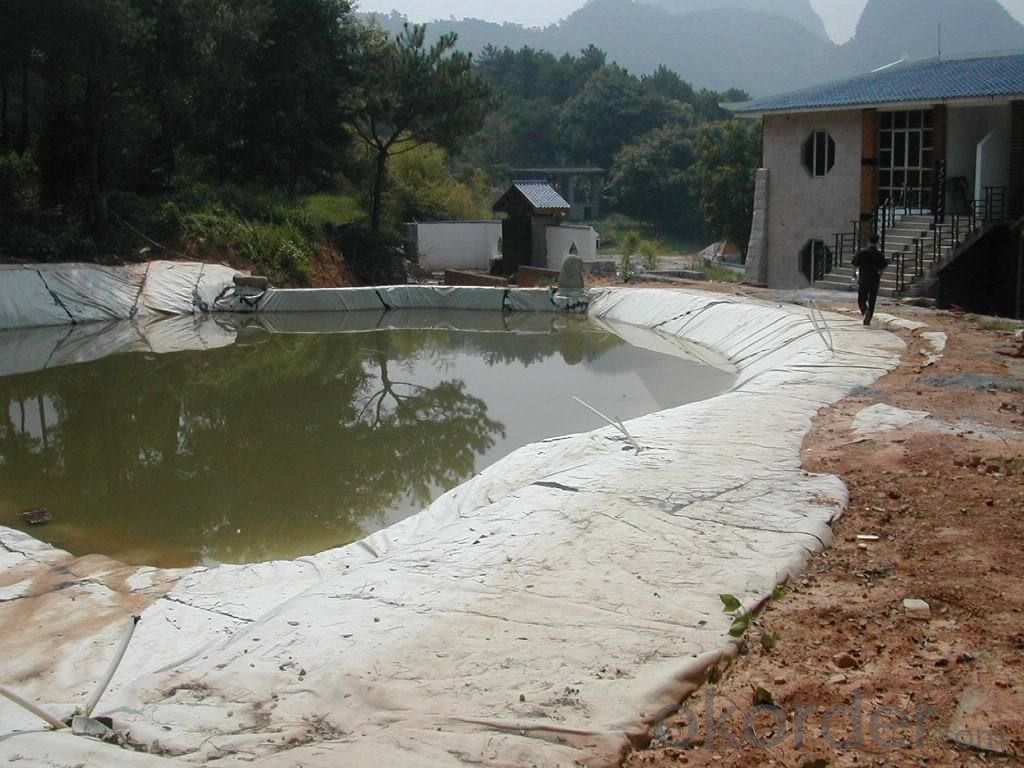
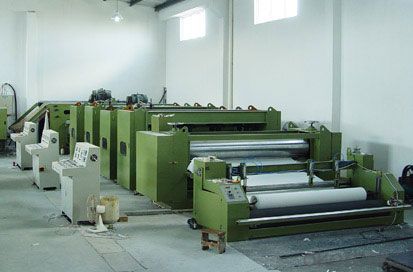
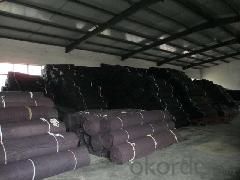
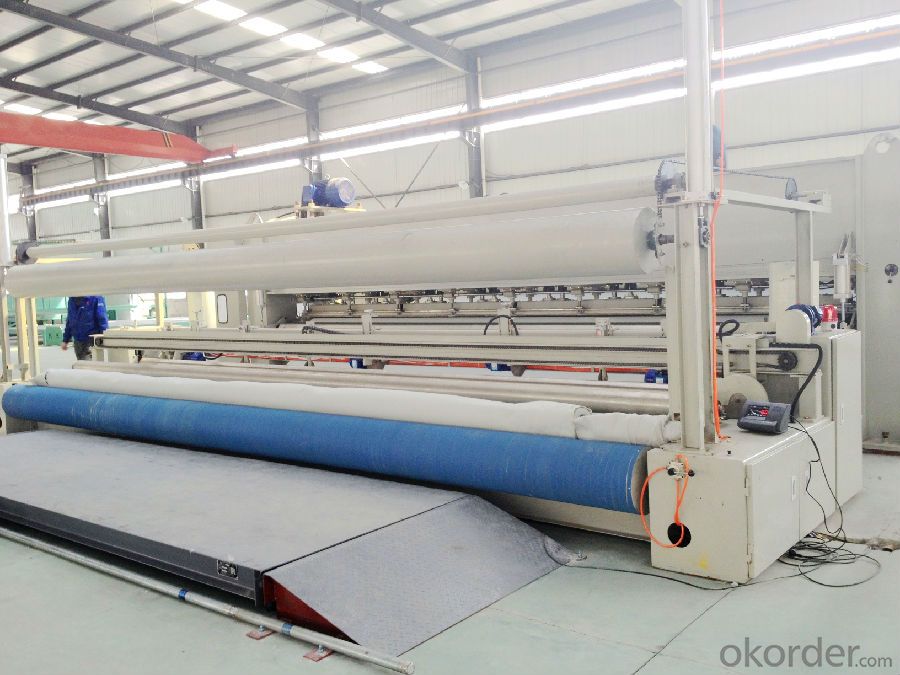
Geotextile Sand Bag Specification:
| No. | Specification(g/m2) | 100 | 150 | 200 | 250 | 300 | 350 | 400 | 450 | 500 | 600 | 700 | 800 | 1000 | Remark |
| 1 | Weight deviation, % | -8 | -8 | -8 | -8 | -7 | -7 | -7 | -7 | -6 | -6 | -6 | -6 | -6 | |
| 2 | Thickness, mm≥ | 0.9 | 1.3 | 1.7 | 2.1 | 2.4 | 2.7 | 3 | 3.3 | 3.6 | 4.1 | 4.5 | 5 | 5.8 | |
| 3 | Width deviation,% | -0.5 | |||||||||||||
| 4 | Breaking strength, KN/m ≥ | 2.5 | 4.5 | 6.5 | 8 | 9.5 | 11 | 12.5 | 14 | 16 | 19 | 22 | 25 | 31 | MD and CD |
| 5 | Breaking elongation,% | 25~100 | |||||||||||||
| 6 | CBR bursting strength, KN≥ | 0.3 | 0.6 | 0.9 | 1.2 | 1.5 | 1.8 | 2.1 | 2.4 | 2.7 | 3.2 | 3.7 | 4 | 5 | |
| 7 | Sieve Size O90 mm | 0.07~0.2 | |||||||||||||
| 8 | Vertical permeability | Kx(10-1~10-3 ) | K=1.0 ~9.9 | ||||||||||||
| coefficient, cm/s | |||||||||||||||
| 9 | Tear strength, KN≥ | 0.08 | 0.12 | 0.16 | 0.2 | 0.24 | 0.28 | 0.33 | 0.38 | 0.42 | 0.46 | 0.53 | 0.6 | 0.75 | MD and CD |
FAQ
We have organized several common questions for our clients,may help you sincerely:
Q1: How about your company?
A1:Our company are one of the largest geosynthetic products supplier in the world.We have the products experience more than 20 years.Already export to USA/Germeny/Australia/Zambia/Brazil etc.more than 20 countries.Almost 10years.Our products including Geocell/Fiberglass Geogrid/Geomembrane/Geotextile/Geonet etc.
Q2:Can you send samples to us ?
A2:Yes , free samples could be provided , but customer need pay for the freight cost .
After order placed , the freight charge could be refund .
Q3:What’s your Payment term ?
A3:T/T , L/C , Western Union,Paypal ...
Q4:What’s your manufacture process time ?
A4:Usually within 20 days
- Q: Are geomembranes resistant to chemical spills?
- Yes, geomembranes are generally resistant to chemical spills. They are designed to provide a barrier against various chemicals and can withstand exposure to a wide range of substances without degrading or permeating. However, the level of resistance may vary depending on the specific type of geomembrane and the chemicals involved. It is essential to consider the compatibility of the geomembrane material with the intended chemicals to ensure optimal performance.
- Q: What is the electrothermal?film?
- The electric heating film is made of a special conductive macromolecule material which is matched with a metal current carrying strip, and the heat is melted and pressed between the insulating film body. It is often used as heating elements. Electrothermal?film heating system is composed of : electrothermal?film panel, T-type cable, insulated waterproof quick connector plug, temperature controller, temperature sensor, automatic control reactor and other components. .
- Q: Can geomembranes be used in green infrastructure projects?
- Yes, geomembranes can be used in green infrastructure projects. They are often used as liners or barriers in various green infrastructure components such as rain gardens, bioretention basins, and green roofs. Geomembranes help to contain and control water flow, preventing seepage and protecting the underlying soil and vegetation. They can also be used in stormwater management systems to enhance water quality and reduce pollution. Overall, geomembranes play a crucial role in ensuring the effectiveness and longevity of green infrastructure projects.
- Q: How do geomembranes help with erosion control?
- Geomembranes help with erosion control by acting as a barrier between soil and water, preventing the loss of soil particles and the erosion of slopes. They effectively control water flow and reduce the impact of heavy rainfall, protecting the underlying soil and preventing sedimentation in water bodies.
- Q: How does geomembrane work?
- Paving first: Considering the decrease of joints and the convenience of construction, select the appropriate width of composite geomembrane with single edge of 10cm spared and neat scrapped edge. The debris on the ground before paving geomembrane shall be clear out, the size of slope cutting site, the flatness and compactness shall be qualified by supervising engineers before pavement. Joint: sweat soldering method is adopted in general.
- Q: Concrete engineering quality defects how to deal with?
- Phenomenon 1: Local lack of concrete surface rough paste, or a small pit, no exposed steel reinforcements. The reason: 1) template surface roughening or cleaning is not clean; 2) release agent brushing uneven or local leak brush; 3) the template joints loose stitching, slit pouring concrete slurry leakage. 4) vibration is not dense, concrete air bubbles remain in the bubble does not discharge a portion of the template surface. Patching scenarios: After the concrete surface well watered wet mortar with concrete grade will Pock smooth pressure light, the color is consistent. After the repair within 12 hours, water moisture conservation. Low partial concrete strength part, immediately remove and re-organize staff reinforced adjustment, formwork and pouring concrete, the template before pouring water wet. 2 phenomenon: A cavity within the concrete structure, no concrete local or cellular particularly large. The reason: 1) In the densely reinforced or reserved holes and embedded parts at the concrete pouring is not smooth; 2) out of order and construction technology construction serious operation, resulting in leakage vibration; 3) segregation of concrete, mortar separation, Dan Zicheng heap, or run pulp; 4) a cutting excessive vibration is not in place. Patching scenarios: The concrete around the loose and weak serous chiseled, rinse with water pressure, support is provided with trays template, moist after watering, a concrete structure with a high specific strength grade Semi hard fine stone concrete pouring carefully layered, powerful tamping, and conservation. Outstanding concrete structure surface, to be the strength of 50% and then chipped away, the surface with a 1: 2 cement mortar smooth
- Q: Can geomembranes be used in landfill liners?
- Yes, geomembranes can be used in landfill liners. They are commonly used as a lining material in landfill construction to prevent the contamination of soil and groundwater by leachate, a liquid produced from decomposing waste. Geomembranes provide a barrier that prevents the leachate from seeping into the surrounding environment, thereby protecting the ecosystem and human health.
- Q: Who need the national standards of geomembrane?
- One is GB 1st type
- Q: How to deal with the bubble in the mobile phone film?
- You can torn it up, and then poste it again. You should change another film if it will not stick on. I can teach you a skill - a pasting method from top to bottom. After the film aligned at the phone, using the battery or bank cards push down from the upper, it will have substantially no blistering. There is a original mobile phone film at the surface of a new phone where has some small bubbles that look quite unpleasant. In fact, the processing method and the needed material are very simple: a facial tissue that cannot break up and water treatment methods: Moistened facial tissue wraps a finger, and then using the finger moving on the mobile phone film bubble in the appropriate strength by moving up and down or left and right, catching the bubbles close to the edge direction until out of the mobile phone film!
- Q: Can geomembranes be used in groundwater extraction wells?
- Yes, geomembranes can be used in groundwater extraction wells. They can be used as a lining material to prevent contamination of the extracted groundwater and to ensure its quality. Geomembranes act as a barrier between the well structure and the surrounding soil, preventing the migration of pollutants or unwanted substances into the well. This helps in maintaining the integrity of the groundwater supply and protecting it from external influences.
Send your message to us
Pegamento Para Geomembrana Geotextile Fabric Sand Bag for River Construction
- Loading Port:
- Qingdao
- Payment Terms:
- TT OR LC
- Min Order Qty:
- 10000 m²
- Supply Capability:
- 500000 m²/month
OKorder Service Pledge
OKorder Financial Service
Similar products
Hot products
Hot Searches
Related keywords











